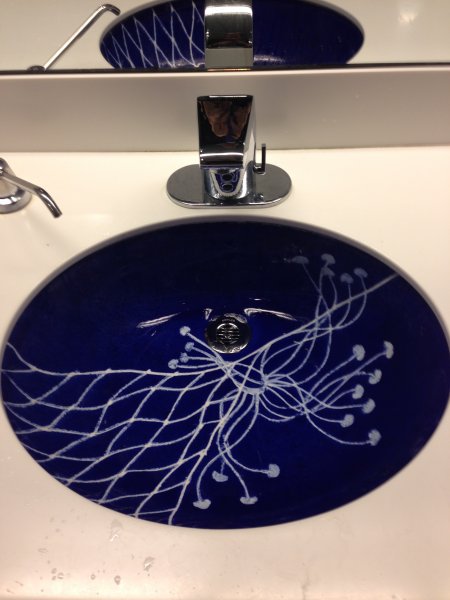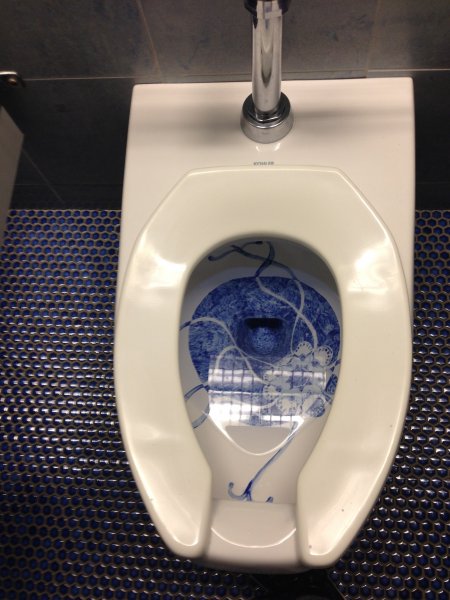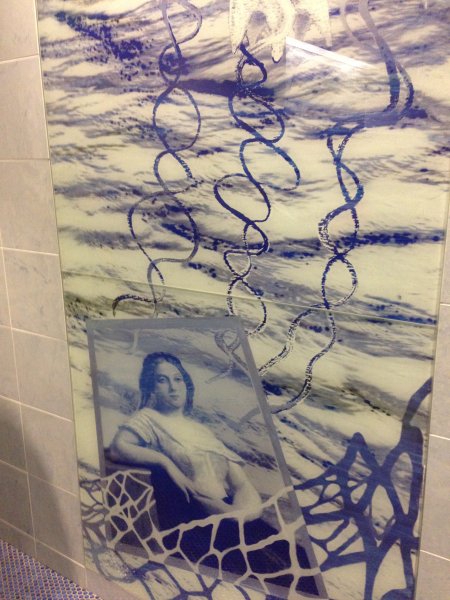And I thought the Connecticut witch history was spooky. How about this? While Massachusetts and Connecticut used witchery to explain the unknown, Rhode Island was into vampires. Well, Rhode Island is right next door, and vampirism spilled into eastern Connecticut, too.
Vampirism explained a lot for 19th-century rural dwellers, who didn’t understand why their families were plagued by the “wasting sickness.” A family member would start getting weaker and then coughing up blood. Another would get sick. Many would die. In fact, tuberculosis was the leading cause of death in the 1800s in the Northeast.
This is just what happened to the unfortunate Ray family of Jewett City, CT. Farmer Henry and his wife Lucy had f ive children who survived the typical childhood diseases. Then, between 1845 and 1851, their adult sons Lemuel and Elijah were struck with the wasting disease, and Henry, too, succumbed. When Henry Nelson Ray, another son, was afflicted in 1854, “vampire panic” inflamed Jewett City.
ive children who survived the typical childhood diseases. Then, between 1845 and 1851, their adult sons Lemuel and Elijah were struck with the wasting disease, and Henry, too, succumbed. When Henry Nelson Ray, another son, was afflicted in 1854, “vampire panic” inflamed Jewett City.
The belief? The dead family members had come back to life as vampires and were feeding upon their family to sustain their undeadness. As Henry Nelson became weaker, he led a  charge in May 1854, to dig up the corpses of his three dead relatives. They were burned in the graveyard, one known cure to stop the vampire rampage. The other was to cut out and burn the heart (the recently buried would still have blood in their heart, especially if it was winter, a sure sign of a vampire feeding on the living). The lore goes that the corpses had blood drooling from their mouths, which could very well have happened with recently deceased TB victims. Ewww.
charge in May 1854, to dig up the corpses of his three dead relatives. They were burned in the graveyard, one known cure to stop the vampire rampage. The other was to cut out and burn the heart (the recently buried would still have blood in their heart, especially if it was winter, a sure sign of a vampire feeding on the living). The lore goes that the corpses had blood drooling from their mouths, which could very well have happened with recently deceased TB victims. Ewww.
But I get it. Not knowing how the disease spread, the belief helped people understand the senselessness of consumption, and the act offered a sense of control over the terrors of the disease.
Henry Nelson? He died anyway, in the same year according to his headstone.
Vampire history in Connecticut doesn’t stop there. Just two miles away and almost 150 years later, another occurrence spooks us out. In 1990 in Griswold, a newly-dug gravel pit became a play spot for some local boys. They discovered two skulls. The resulting archeological dig unveiled 29 graves, and clearly the most curious was JB-55.
 JB had been beheaded and the skeleton bones moved. The skull, dated to the 1790s, was located in the chest cavity, and the femur bones were placed in an x under the skull. There it is: skull and crossbones.
JB had been beheaded and the skeleton bones moved. The skull, dated to the 1790s, was located in the chest cavity, and the femur bones were placed in an x under the skull. There it is: skull and crossbones.
Study of JB suggests the cause of death was TB. Terrified neighbors apparently dug up the body, perhaps burned the heart, and rearranged the bones, so that the vampire couldn’t escape the coffin and feed on those still alive.
We don’t know anything else about poor JB. What a way to go down in history.
So tonight, when you’re out “trick-or-treat”ing or tomorrow at your Day-of-the-Dead parties, keep an eye out for that telltale sign of the vampire–blood dripping off the lips. Now you know exactly what to do.
At a minimum, wear a skull mask!
























































